When it comes to travel, one of the quickest ways to connect with a culture is through its street food. The sizzling grills, the bubbling pots, the mystery skewers—all calling out from crowded markets and roadside stalls.
It’s the kind of culinary chaos that smells like adventure and tastes like a story you’ll tell your friends back home. But not all street food is created equal. Some bites will leave you daydreaming about them for years. Others… well, let’s just say you’ll remember them for very different reasons.
This article is a no-holds-barred look at the best and worst street food the world has to offer. On one side, we’re spotlighting the champions—the handheld heroes that locals and tourists alike can’t get enough of.
From smoky tacos in Mexico City to buttery arepas in Bogotá, these are the bites that make wandering the streets a deliciously rewarding experience.
But on the other side of the menu? Things get a little strange. We’re talking fertilized duck eggs, fermented shark meat, and wriggling tentacles that fight back.
These are the dishes that test your courage (and sometimes your gag reflex). They may be beloved by locals, but for the average tourist, they’re more “skip it” than “savor it.
Of course, food is subjective—one traveler’s “never again” might be another’s “must try.” So consider this list a conversation starter, a cautionary tale, and maybe even a dare.
Whether you’re a street food junkie chasing your next fix or a cautious eater just trying to avoid intestinal regret, we’ve got you covered.
1. Balut (Philippines)
Balut is a delicacy in the Philippines that might be too adventurous for some. This street food involves a fertilized duck egg with a partially developed embryo. It’s boiled and eaten directly from the shell, offering a unique texture and flavor.
The taste is often described as rich and savory, similar to a combination of egg and poultry. However, the sight of the embryo can be off-putting for many.
In the Philippines, balut is commonly sold by street vendors, especially in the evening. It’s enjoyed with a sprinkle of salt or a dash of vinegar. While beloved by locals, balut can be quite the challenge for tourists to try.
This dish is deeply rooted in Filipino culture and is often consumed as a high-protein snack.
2. Surströmming (Sweden)
Surströmming is infamous for its intense odor that can clear a room. This Swedish delicacy consists of fermented Baltic herring packed in a can. When opened, the smell is overpowering and pungent, often described as one of the smelliest foods in the world.
Despite its challenging aroma, the taste is surprisingly mild and salty, with a tangy undertone. Surströmming is typically eaten during outdoor gatherings to mitigate the smell. It’s traditionally served with thin bread, potatoes, and onions, offering a unique flavor experience.
While popular in Sweden, especially in the north, it’s a dish that many tourists find challenging to embrace. Some even consider it an acquired taste.
3. Cuy (Peru/Ecuador)
Cuy is a traditional dish in Peru and Ecuador that might be hard for some to stomach. This meal consists of roasted guinea pig, often served whole, complete with claws and teeth.
Cuy has been a part of Andean cuisine for centuries and is typically reserved for special occasions. The meat is said to taste like a cross between rabbit and dark chicken meat.
While it may look intimidating, locals consider it a delicacy and a must-try for adventurous eaters. Cuy is often accompanied by potatoes and corn, staples of the Andean diet.
It’s a dish that sparks curiosity and often requires a brave palate.
4. Stinky Tofu (Taiwan)
Stinky tofu is a street food favorite in Taiwan, despite its off-putting aroma. This fermented tofu dish is known for its strong, pungent smell, often compared to sewage or rotten garbage.
Yet, for those who dare to taste it, the flavor is surprisingly mild and complex. Stinky tofu is usually deep-fried and served with a variety of condiments like pickled cabbage and spicy sauce. The texture is crispy on the outside and soft on the inside, creating a delightful contrast.
While the smell can be overwhelming, many find the taste addictive. It’s a polarizing dish that tourists often approach with caution.
5. Fried Tarantulas (Cambodia)
In Cambodia, fried tarantulas are a popular snack that might send shivers down your spine. These crunchy, hairy spiders are deep-fried and seasoned to enhance their natural flavor.
The idea of eating a spider can be terrifying, but the taste is often compared to crab or prawns, with a crispy exterior and soft interior.
Fried tarantulas are typically sold in markets and street stalls, attracting adventurous eaters. The practice started during tough economic times when resources were scarce.
Today, it’s a novelty food that intrigues tourists and locals alike. It’s an experience that challenges the limits of culinary exploration.
6. Shiokara (Japan)
Shiokara is not for the faint-hearted. This Japanese delicacy consists of fermented seafood entrails in a viscous paste. The taste is intensely salty and fishy, with a slimy texture that lingers on the palate.
Shiokara is traditionally eaten as a side dish or snack, often accompanied by sake. It’s considered an acquired taste, with its strong flavors polarizing even within Japan. The dish is a testament to the Japanese love for fermentation and bold flavors.
While it may be challenging for tourists, shiokara offers a glimpse into the adventurous side of Japanese cuisine. For those willing to try, it’s a unique culinary experience.
7. Sannakji (Korea)
Sannakji offers a dining experience like no other. This Korean dish features live octopus tentacles that squirm on the plate. Diners must chew carefully to avoid the tentacles sticking to the throat.
The taste is mild, with a slightly sweet and briny flavor. It’s typically sprinkled with sesame seeds and sesame oil to enhance the flavor. Eating sannakji requires courage and skill, as the tentacles continue to move even after being severed.
It’s a dish that attracts thrill-seekers and those looking for a novel experience. While it might seem daunting, sannakji is a beloved delicacy in Korea, celebrated for its freshness and texture.
8. Hákarl (Iceland)
Hákarl is an Icelandic dish that might test your limits. This fermented shark meat is known for its ammonia-rich flavor and strong smell.
The process involves burying the shark meat for several months before hanging it to dry. The result is a chewy texture and a taste that some find challenging.
Hákarl is traditionally served in small cubes and often paired with Brennivín, a local schnapps, to help mask the flavor. While Icelanders view it as a cultural delicacy, tourists frequently describe it as an acquired taste.
It’s a dish that represents Iceland’s resourceful culinary history, made famous by daring eaters and travel shows alike.
9. Casu Marzu (Sardinia)
Casu Marzu is not your average cheese. This Sardinian specialty is made by allowing cheese to ferment with live insect larvae. The larvae break down the fats, resulting in a soft, creamy texture.
While the cheese is illegal in many places due to health concerns, it’s a traditional delicacy in Sardinia. The taste is rich and flavorful, with a hint of spiciness from the larvae. Some brave souls eat it with the larvae still inside, while others remove them.
Casu Marzu is a cheese that challenges both the palate and the mind. It’s a cultural icon that fascinates and repulses in equal measure.
10. Duck Blood Soup (China/Poland)
Duck Blood Soup is a dish that might raise eyebrows. This soup, found in both Chinese and Polish cuisines, is made with congealed duck blood.
The result is a rich, savory broth with a smooth texture. It’s often enhanced with ingredients like duck meat, noodles, and spices. While the concept of blood soup might be unsettling, the taste is deep and satisfying.
In China, it’s considered a nourishing dish especially enjoyed in colder months. In Poland, it’s part of traditional holiday meals. Duck Blood Soup is a culinary adventure that bridges cultures, offering a taste that’s both intriguing and hearty.
11. Witchetty Grubs (Australia)
Witchetty Grubs are a staple of Indigenous Australian cuisine. These juicy, wriggling larvae are often eaten raw, providing a rich source of protein.
The taste is nutty, similar to almonds or scrambled eggs. Witchetty Grubs have been an essential food source for thousands of years, particularly in the outback. While the appearance might be unsettling, the flavor is surprisingly pleasant.
For those seeking an authentic Australian experience, trying witchetty grubs is considered a rite of passage. It’s a dish that offers a direct connection to the country’s ancient culinary traditions, celebrated for its nutritional value and unique taste.
12. Tuna Eyeballs (Japan)
Tuna Eyeballs are a unique delicacy in Japan. Steamed and seasoned, these large, gelatinous eyes are often served as a side dish or snack. The texture is soft and jelly-like, with a flavor that’s rich and slightly fishy.
Tuna Eyeballs are enjoyed with soy sauce and other condiments to enhance their taste. While the idea of eating an eyeball might be off-putting, many find the experience fascinating.
The dish is a testament to Japan’s no-waste approach to seafood. It’s a culinary curiosity that attracts adventurous eaters, offering a glimpse into the creative and resourceful side of Japanese cuisine.
13. Tacos al Pastor (Mexico)
Tacos al Pastor are a street food sensation in Mexico. These delicious tacos feature marinated pork, slow-cooked on a vertical spit, much like shawarma.
The meat is shaved off and placed onto warm tortillas, topped with onions, cilantro, and a slice of pineapple. The combination of flavors is irresistible, with the savory pork contrasting beautifully with the sweetness of the pineapple.
Tacos al Pastor are often enjoyed with a squeeze of lime and a splash of salsa, adding a zesty kick. They’re a must-try for anyone visiting Mexico, offering a taste of the country’s rich culinary heritage.
14. Pad Thai (Thailand)
Pad Thai is a beloved street food in Thailand, known for its perfect balance of flavors. This iconic dish features stir-fried rice noodles combined with shrimp, egg, tofu, and a tangy tamarind sauce.
It’s garnished with peanuts, lime, and bean sprouts, providing a delightful crunch. The taste is a symphony of sweet, sour, and salty notes that dance on the palate.
Pad Thai is often made to order, allowing diners to customize ingredients to their liking. Whether enjoyed from a bustling street market or a quiet stall, it’s a dish that captures the essence of Thai cuisine’s vibrant flavors.
15. Banh Mi (Vietnam)
Banh Mi is a Vietnamese street food that has captured the hearts of food lovers worldwide. This sandwich combines a crispy baguette with savory meats like pork or chicken, fresh herbs, and pickled vegetables.
The result is a delightful mix of textures and flavors, with the crusty bread providing a satisfying crunch. Banh Mi is a testament to Vietnam’s culinary fusion, with French influence evident in the use of baguettes.
It’s a portable and affordable meal, perfect for on-the-go dining. Whether enjoyed for breakfast, lunch, or a snack, Banh Mi offers a taste of Vietnam’s rich culinary tapestry.
16. Arepas (Colombia/Venezuela)
Arepas are a staple street food in Colombia and Venezuela. These cornmeal cakes are grilled to perfection and then filled with a variety of ingredients, such as cheese, meats, or avocado.
The exterior is crispy, while the inside remains soft and warm, creating a perfect contrast. Arepas are versatile, enjoyed at any time of day, and customized to suit different tastes.
They are a beloved comfort food, providing a hearty and satisfying meal. Whether enjoyed plain or stuffed, arepas capture the essence of Latin American street cuisine, celebrated for their simplicity and adaptability.
17. Currywurst (Germany)
This dish features sliced sausage topped with a tangy curry ketchup, creating a blend of flavors that’s both comforting and bold. It’s often served with a side of crispy fries, making it a satisfying meal.
The origin of Currywurst dates back to post-war Germany, when a resourceful cook combined British curry powder with American ketchup.
Today, it’s a beloved snack and a cultural icon, representing Germany’s rich culinary diversity. Whether enjoyed as a quick lunch or a late-night snack, Currywurst offers a taste that’s hard to resist.
18. Jerk Chicken (Jamaica)
Jerk Chicken is the soul of Jamaican street food. This dish features chicken marinated in a fiery blend of spices and grilled over an open flame. The result is a smoky, spicy flavor that’s both bold and addictive.
Jerk Chicken is often served with rice, peas, and plantains, providing a hearty and satisfying meal. The secret to its distinct taste lies in the marinade, which includes ingredients like allspice, thyme, and Scotch bonnet peppers.
Whether enjoyed on a beach or a bustling street, Jerk Chicken offers a taste of the Caribbean’s vibrant culinary spirit.
19. Churros (Spain/Mexico)
These fried dough sticks are crispy on the outside and soft on the inside, dusted with sugar for a delightful crunch.
In Spain, churros are often enjoyed for breakfast, dipped in thick hot chocolate. In Mexico, they are a popular snack, sometimes filled with dulce de leche or chocolate.
Their simplicity and sweetness make churros a universal favorite, offering comfort and indulgence in every bite.
20. Gimbap (South Korea)
Gimbap is South Korea’s answer to sushi, offering a delightful and portable meal. This dish consists of rice and various fillings like vegetables, egg, and meat, all rolled in seaweed.
The result is a colorful and flavorful roll that’s perfect for on-the-go eating. Gimbap is a popular choice for picnics, school lunches, and street food snacks, celebrated for its versatility and taste.
Each roll is a harmonious blend of flavors and textures, offering a taste of Korea’s vibrant culinary culture. Whether enjoyed plain or with a side of pickled radish, gimbap is a beloved street food staple.
21. Falafel Wraps (Middle East)
Falafel Wraps are a classic street food in the Middle East, celebrated for their bold flavors and satisfying taste. These wraps feature crispy chickpea balls, nestled in soft pita bread with an array of fresh vegetables and sauces.
The combination of textures and flavors is both exciting and nourishing. Falafel Wraps are a popular choice for vegetarians and meat-eaters alike, offering a taste that’s both comforting and adventurous.
Whether enjoyed with a drizzle of tahini or a dollop of hummus, they provide a taste of the Middle East’s rich culinary tradition, known for its diversity and aromatic spices.
22. Takoyaki (Japan)
Takoyaki is a popular street food in Japan, known for its delightful taste and unique preparation. These batter balls are filled with diced octopus and cooked in a special molded pan, resulting in a crispy exterior and soft interior.
Takoyaki is typically topped with savory sauces, bonito flakes, and seaweed, adding layers of flavor. The combination of textures and tastes makes each bite a mini-adventure.
Takoyaki stalls are a common sight at festivals and markets, attracting crowds with their enticing aroma and flavors. It’s a dish that’s both fun to watch being made and delicious to eat.
23. Pani Puri (India)
Pani Puri is an iconic Indian street food that offers a burst of flavors in every bite. These hollow, crispy balls are filled with a spicy water, chutney, and mashed potatoes, creating a blend of tangy, spicy, and sweet flavors.
Pani Puri is often enjoyed in a lively and social setting, with vendors serving them fresh to eager customers. The experience is as much about the taste as it is about the interaction between the vendor and patrons.
It’s a beloved snack across India, celebrated for its versatility and the joy it brings to those who indulge in it.
24. Crepes (France)
These thin pancakes are made to order, with a variety of sweet or savory fillings. Whether stuffed with Nutella and strawberries or ham and cheese, crepes offer a delightful taste with a delicate texture.
They are a versatile treat, enjoyed for breakfast, lunch, or dessert. In Paris, crepe stands are a common sight, offering a taste of French culinary artistry.
The combination of flavors and textures makes crepes a beloved choice for both locals and tourists, providing a delicious and portable meal.


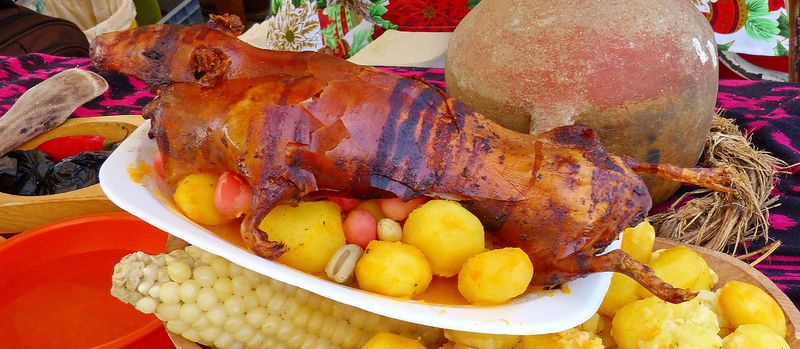
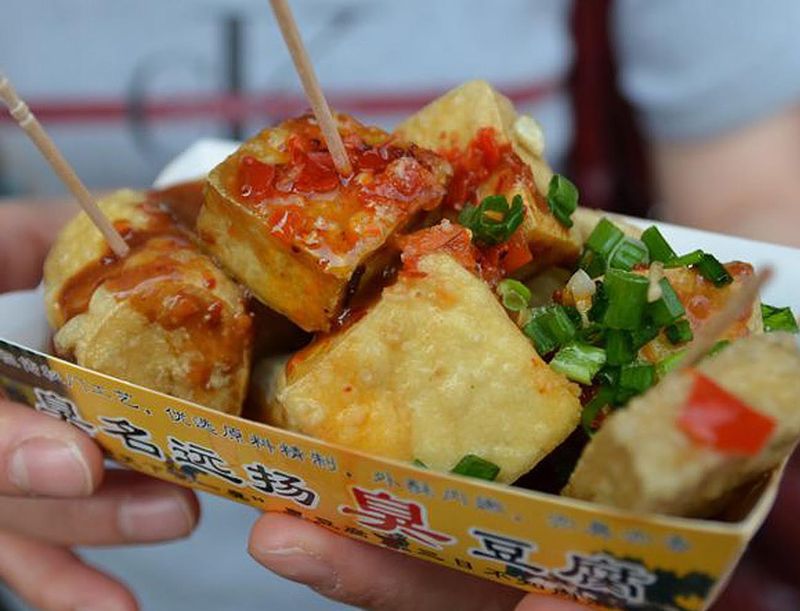
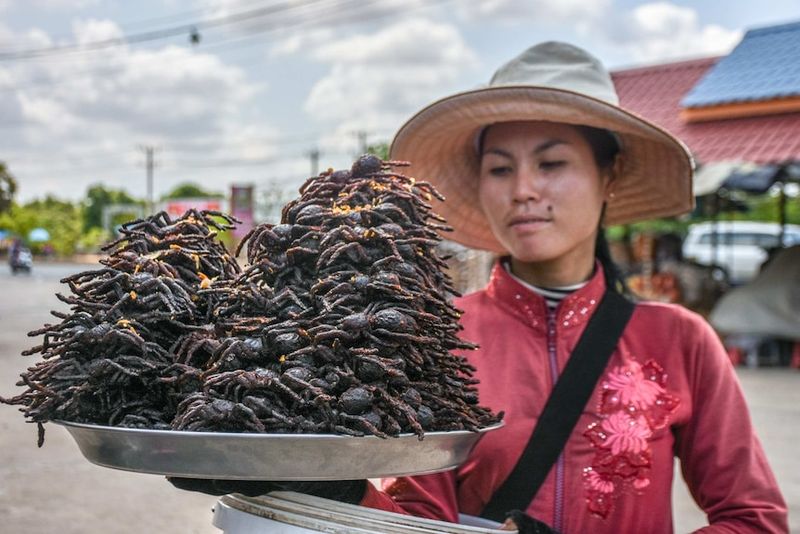
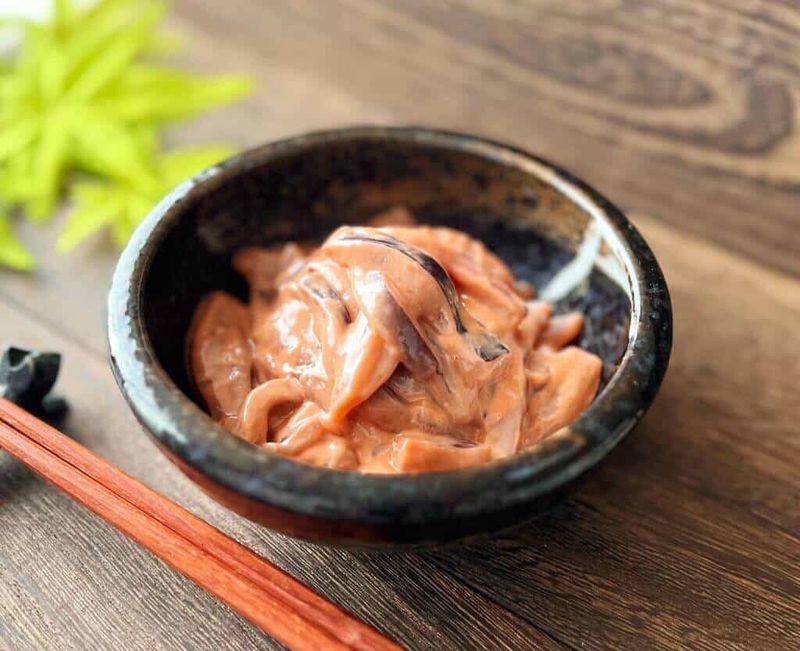



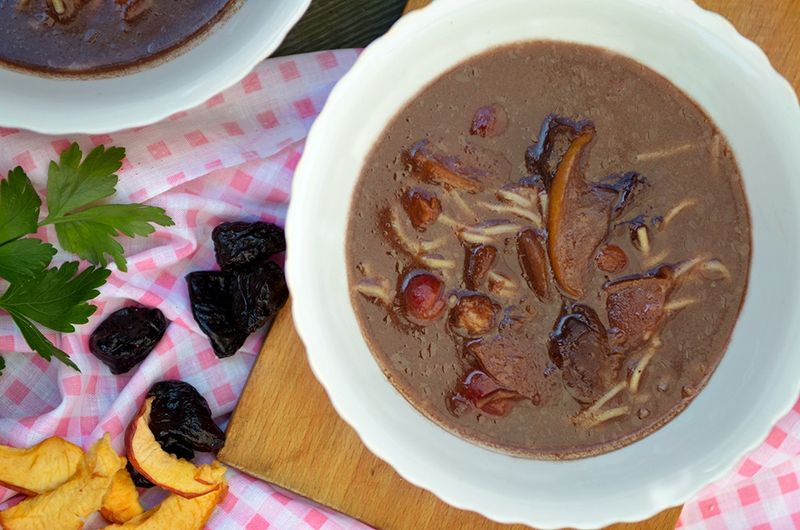


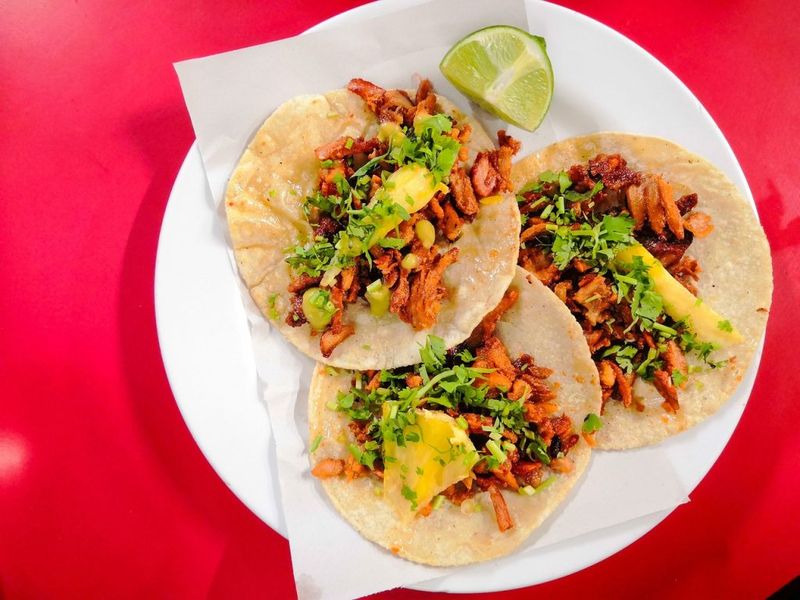
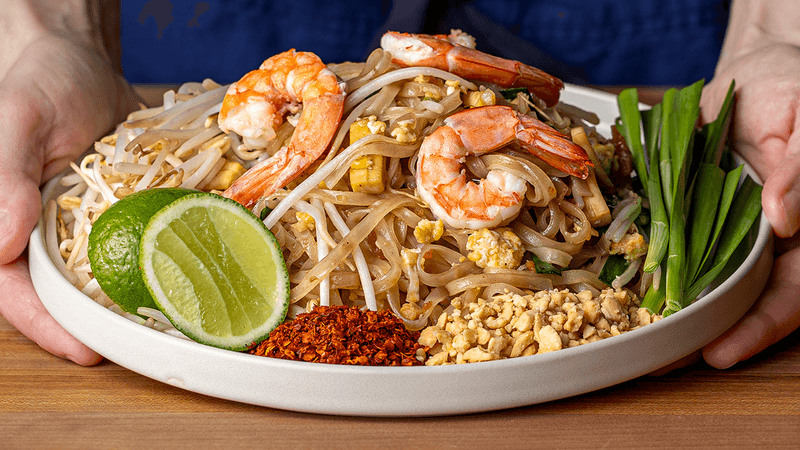

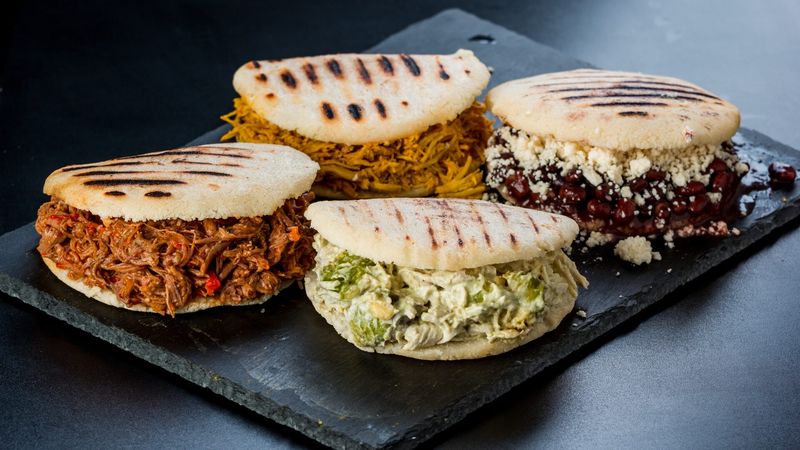
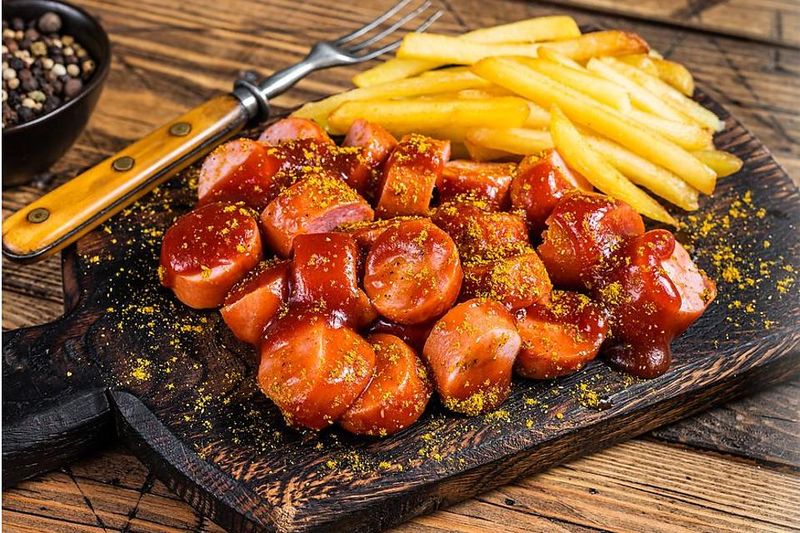

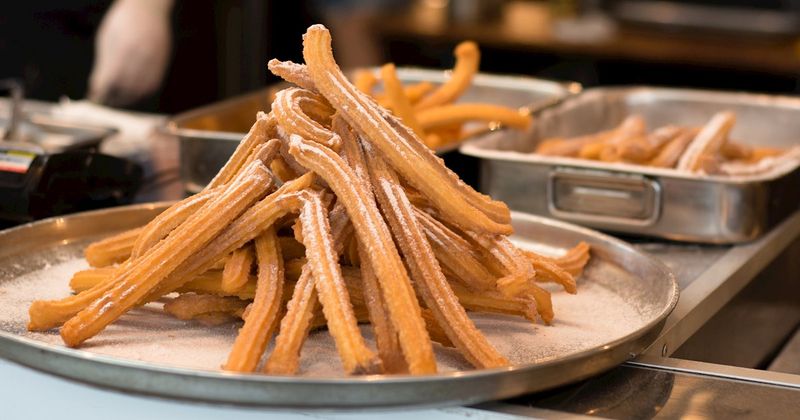
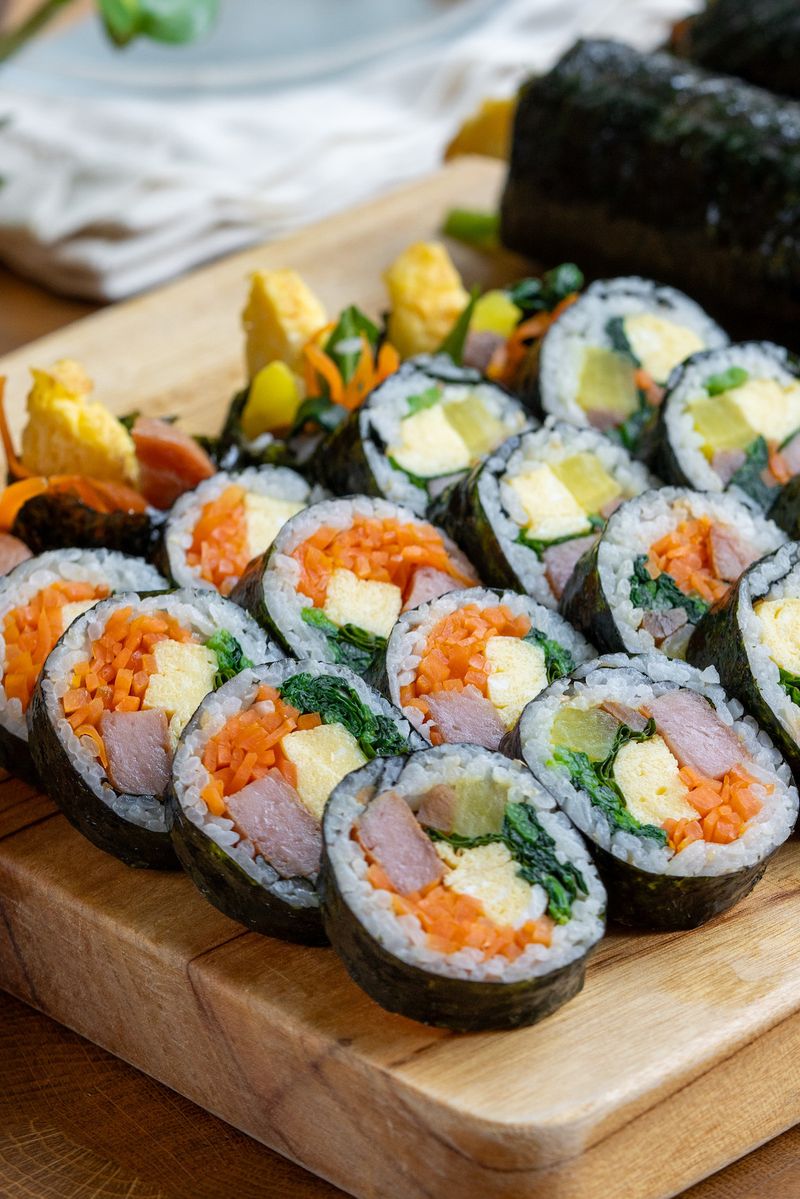
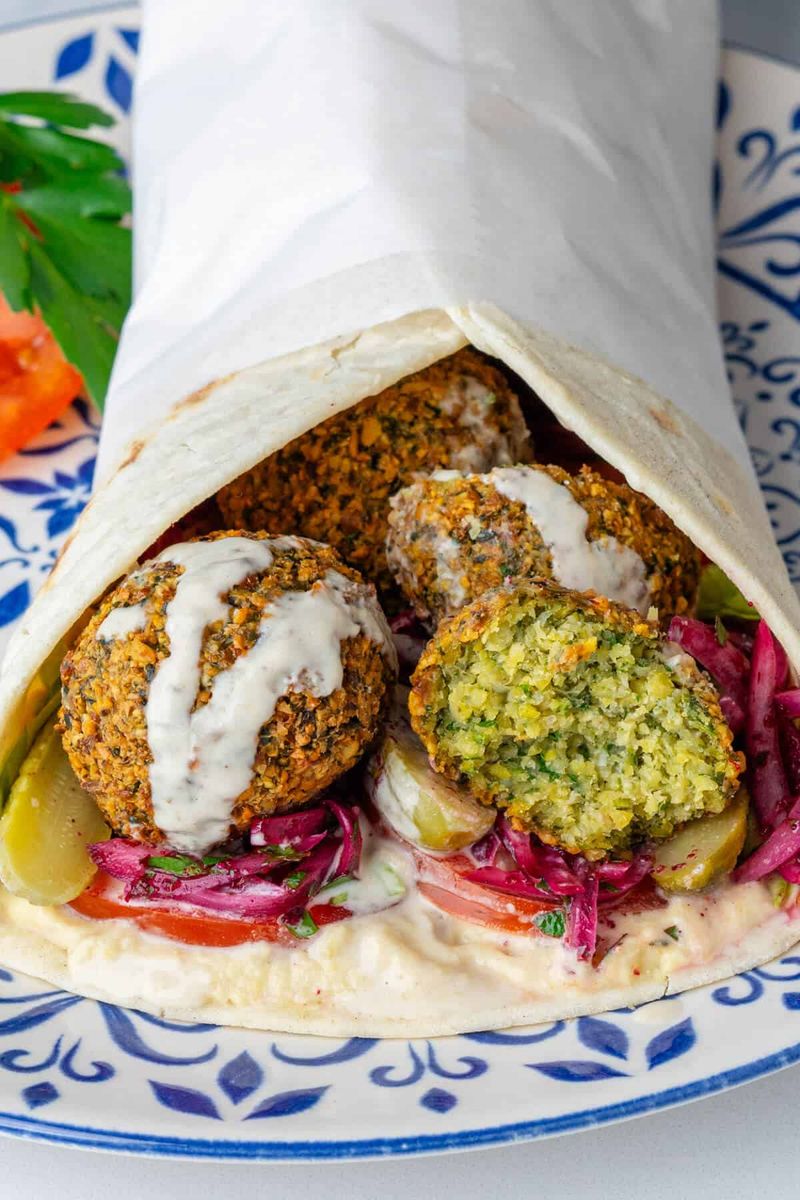
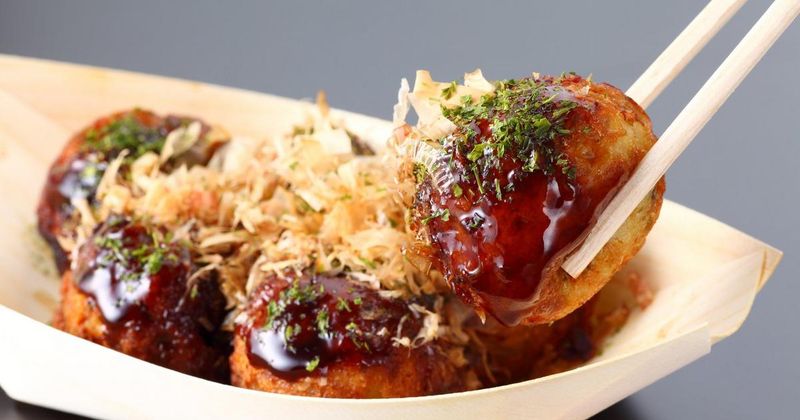
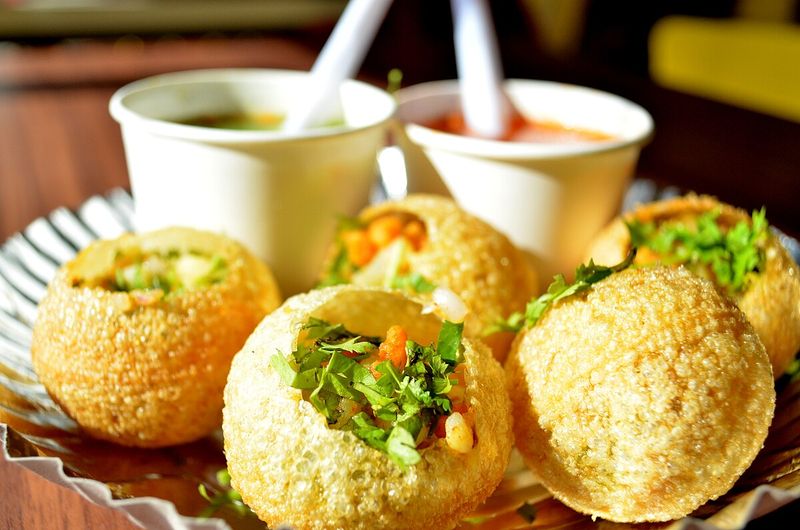

Leave a comment